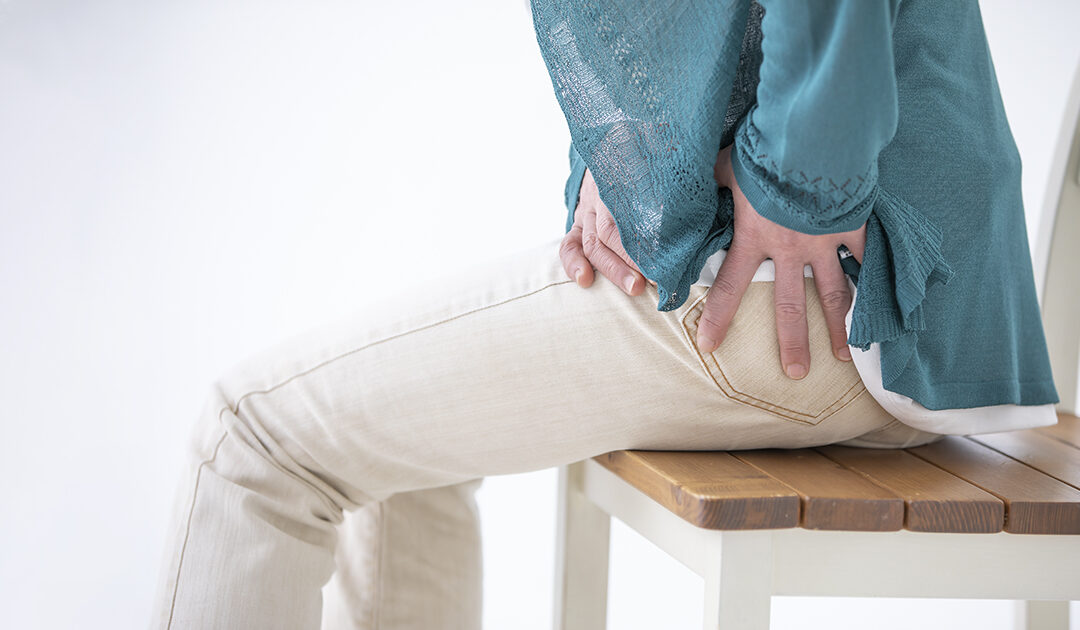
by Comprehensive Orthopaedics | Aug 24, 2022 | Anti-aging, Hip
Record numbers of people are turning to plant-based diets to take advantage of the many health benefits they offer, but this may come at the expense of their bones, a new study suggests. Exactly what did researchers find? Middle-aged women who never eat meat may be...

by Comprehensive Orthopaedics | Jul 26, 2022 | Hip
It’s long been conventional wisdom that weather makes arthritis pain worse. The issue has been studied through the years, with conflicting findings. But three recent studies found weather does have some impact, said Dr. Robert Shmerling, writing for the Harvard Health...

by Comprehensive Orthopaedics | Nov 10, 2021 | Anti-aging, arthritis, Hip, Wellness
It may look like bad news, but a new study says it’s not: The number of people younger than 21 who had total hip replacement surgery in the United States jumped from 347 in 2000 to 551 in 2016. The increase wasn’t due to a rise in the number of children...

by Comprehensive Orthopaedics | Aug 16, 2021 | Hip, pain, Wellness
Arthritis isn’t the only cause of hip pain. Find out which condition may be causing your discomfort — and how to treat it. Hip pain doesn’t only affect older adults — stiffness and pain in this joint can strike younger people, too. Although osteoarthritis ranks high...

by Comprehensive Orthopaedics | Oct 27, 2020 | arthritis, Hip, Knee, surgery, Wellness
MONDAY, Oct. 26, 2020 (HealthDay News) — People who have total joint replacement, or total joint arthroplasty (TJA), experience fewer falls than those who don’t undergo the surgery, a new study finds. “Osteoarthritis (OA) is the degeneration of the...

by Comprehensive Orthopaedics | Jul 14, 2020 | Anti-aging, Hip, pain, Spine, surgery, Wellness
THURSDAY, July 9, 2020 (HealthDay News) — If you have a bad hip and lower back pain, a new study suggests that hip replacement surgery may solve both issues at once. Researchers at the Hospital for Special Surgery in New York City focused on 500 patients who...






